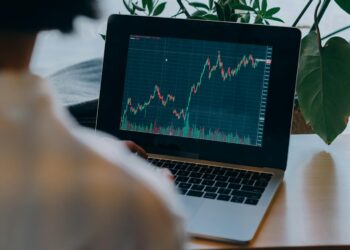Luke Lloyd says falling rates and AI’s energy demands set the stage for long-duration Treasuries and utilities to outperform
As market sentiment shifts and the Federal Reserve eases its stance, Lloyd Financial Group’s President, CEO, and CIO is making a bold call: long-duration U.S. Treasuries and utility stocks are entering a period of outperformance.
In a recent market note, the executive pointed to a combination of slowing economic growth, moderating inflation, and rising federal debt as the key macro forces that will drive yields lower—creating a compelling setup for the iShares 20+ Year Treasury Bond ETF (TLT).
“With the Fed backing off and inflation on a downward trajectory, long-duration Treasuries are the trade,” the CIO wrote. “If you’re bullish on AI in the long term, you’re inherently bullish on deflation—and that makes you bullish on TLT.”
He argues that soaring federal debt is becoming a policy constraint, ultimately suppressing yields. The implication: both real and nominal rates are likely to fall, which would drive capital back into interest rate-sensitive assets like long bonds.
On the equities side, the CIO also highlighted utilities as an underappreciated winner. The Utilities Select Sector SPDR Fund (XLU) has defied headwinds from recent rate hikes, and now, with disinflation and likely rate cuts ahead, utilities could benefit from a renewed rotation into yield-producing stocks.
But the bullish thesis on utilities goes beyond just interest rates. The CIO called attention to a looming but overlooked trend: the AI energy crisis.
“Every ChatGPT prompt, every AI model—it all requires immense computing power, which requires massive energy,” he said. “That infrastructure buildout won’t happen in Silicon Valley. It’s going to happen in the grid. Utilities are going to benefit both from rising demand and from massive infrastructure spending.”
Taken together, these themes paint a broader investment vision. While most investors are piling into AI hardware and software plays, Lloyd Financial argues that the real opportunity lies in anticipating AI’s second-order macro effects—namely, deflationary pressures and structural shifts in energy consumption.
“This is where fundamentals meet macro tailwinds,” the CIO concluded. “You don’t just want exposure to AI—you want exposure to what AI does to the economy. And that means long-duration bonds and utilities.”
You might like this article:Defense Stocks Rally as Middle East Tensions Escalate Following Israeli Airstrikes











